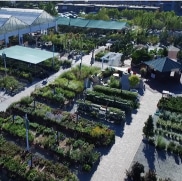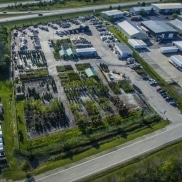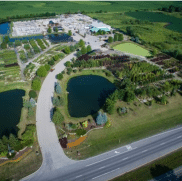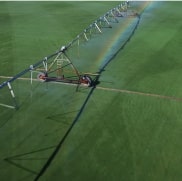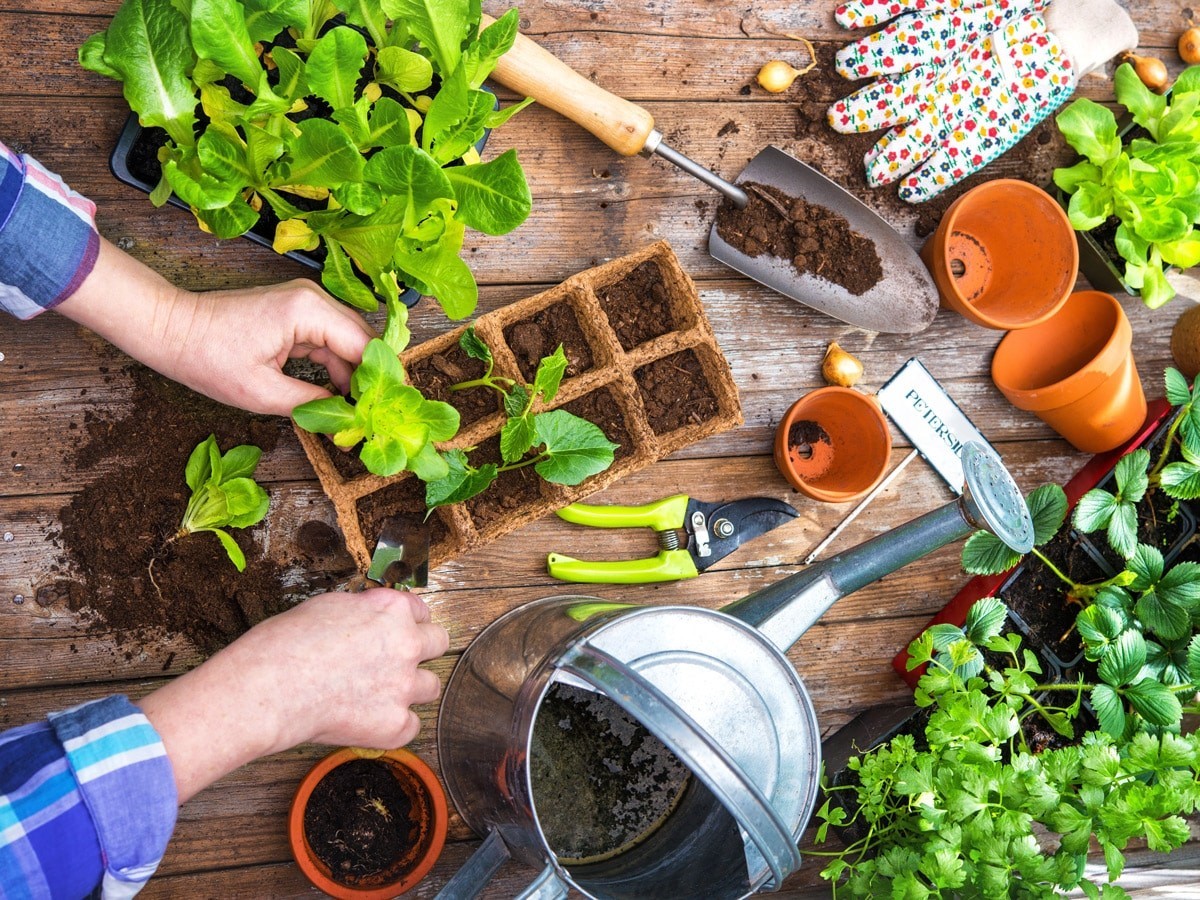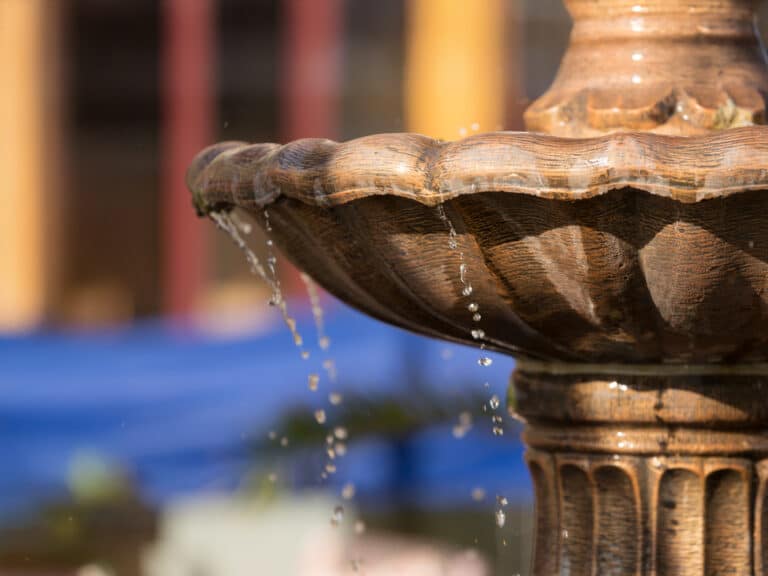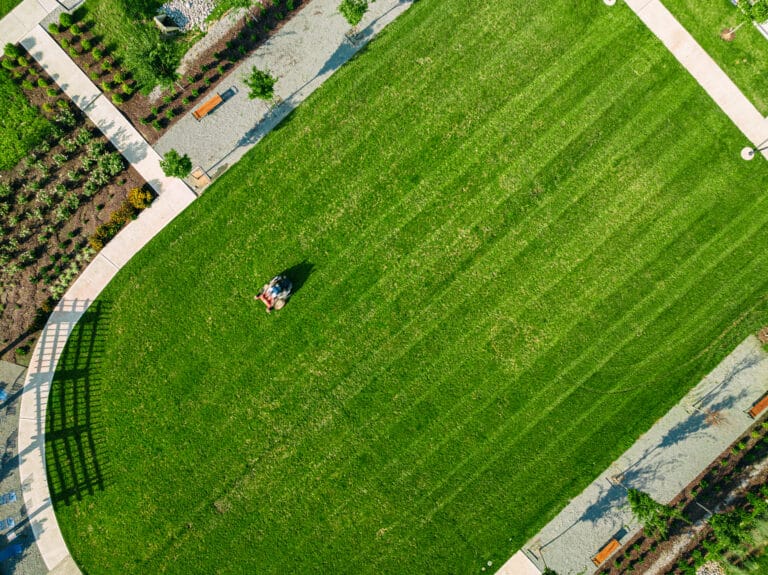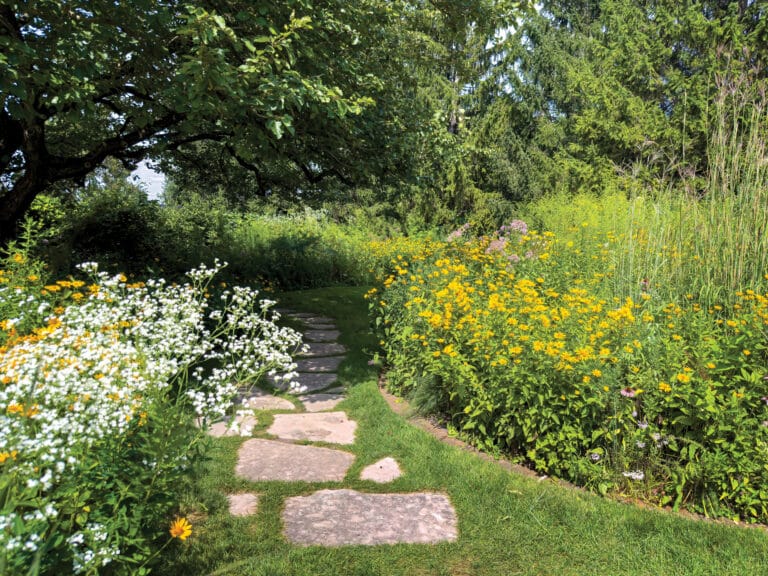Get a jumpstart on this year’s vegetable growing by starting your plants indoors!
Where To Start
The first question is ‘What do you want to plant and grow in your garden?’. From there measure your garden space and plan what plants will grow where based on how much room each of them will need. Next, determine how many finished plants you want to plant because a typical seed packet contains many seeds. Tomato seed packets, for example, contain about 25 seeds. Finally, perhaps the most important consideration is where you are placing the planted seeds in your home.
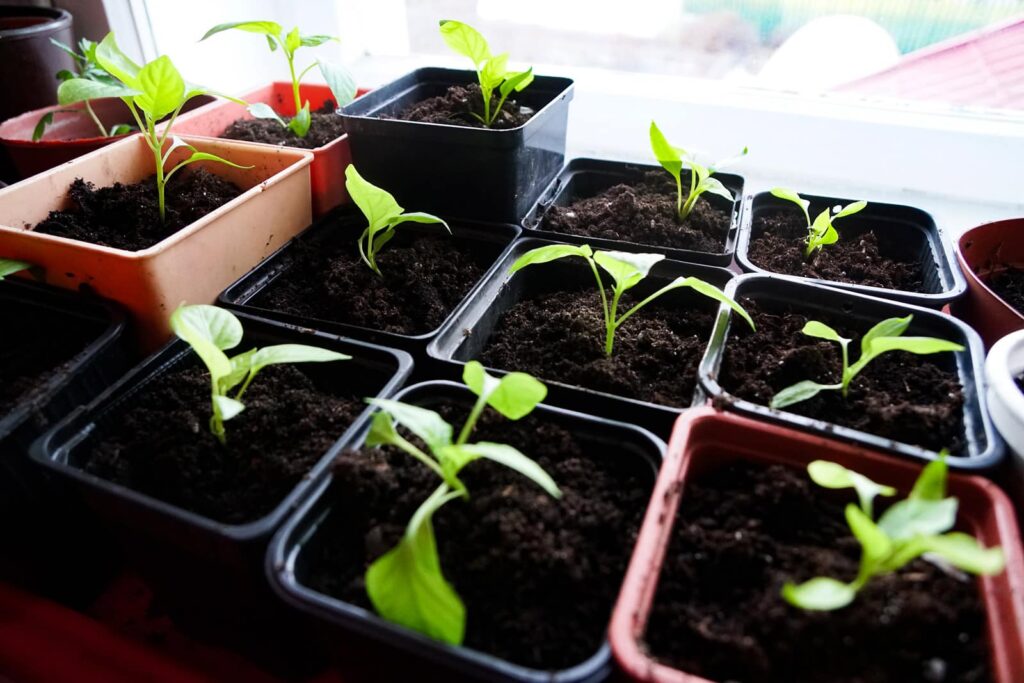
What You Need to be Successful
There are a number of things that you need to consider in order to ensure that you will be successful when starting seeds indoors. Here are some things to consider:
- Container – These can be cell trays, peat pots, compressed seed pellets, egg cartons, or even dixie cups.
- Soil or Planting Medium – Seed-starting potting soil is the best to use because of its light well drained mix.
- Light – A light source is needed at germination, so the seedlings have the energy to grow. A bright window may do but seedlings can get ‘leggy’ as they stretch for light. Adjustable grow lights are ideal as they can be set 4”-6” from the seeds and moved away as the plants grow.
- Temperature – 65 to 75 degrees is ideal for seed germination. If your home is cooler, a heat mat under the containers will keep the soil warm for germination. Temperatures can be adjusted 5 to 10 degrees lower after they sprout.
- Water – This needs to be checked daily. Seeds need to be moist but never wet. A small watering can with a spout is the simplest way to water. Covering the seed tray with a plastic cover will create a greenhouse effect and also supply the humidity the seeds need. If you don’t use a plastic cover, an alternative is to use a mister.
- Air – Don’t forget to allow for air circulation which is also important.
Lurvey Pro Tip: In March or early April, the day length is still short.
Keep that in mind when adjusting the timing of your grow lights.
Sowing Your Seeds
In the Chicago area, most vegetable seeds can start to be sown six weeks before our last day of frost, which is May 15. To help keep you on track seed packets also list the number of weeks seeds should be sown before the last frost. In this case, start on May 15th and count backward to determine the proper time to sow. For easy reference, the planting depth is typically listed on the seed packets. In general, the planting depth is four times as deep as the width or twice the thickness of the seed.
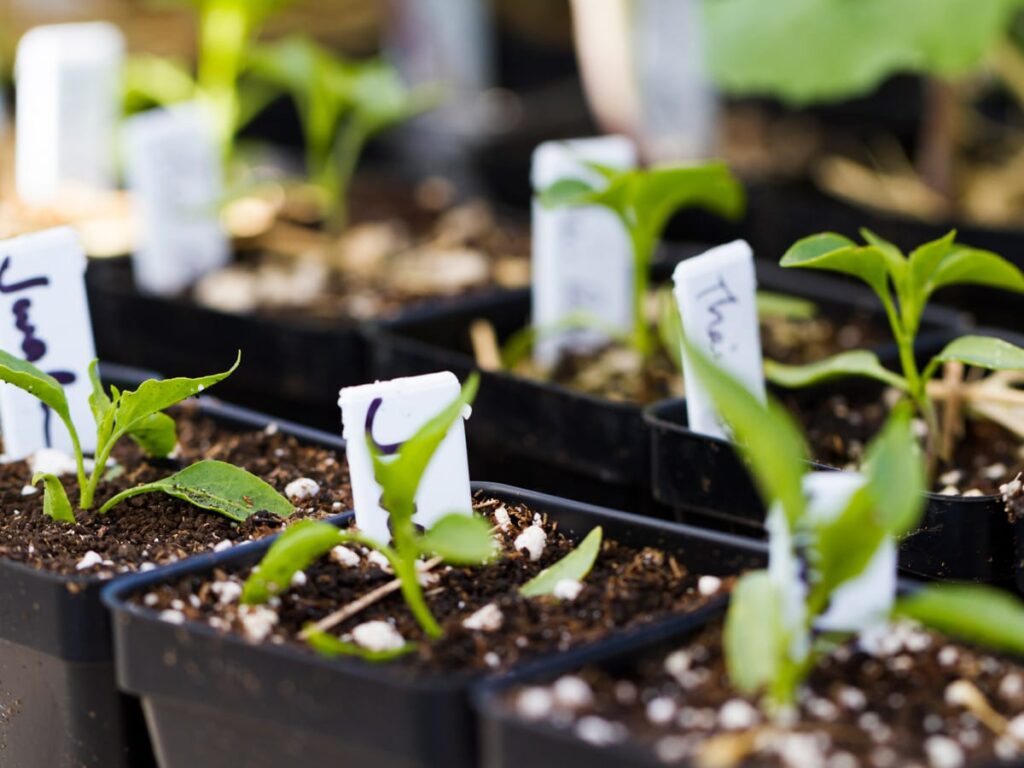
Lurvey Pro Tip: When sowing multiple varieties of plants, make sure to tag or label them so you know what they are.
What Could Go Wrong?
Fungus, gnats, damping off, and little root growth are all caused by soil that is too wet. Check the seedlings every day for water, light, and air circulation to avoid any issues.
Preparing Your Seeds for the Outdoors
This process is called “hardening off.” The plants are “soft” because of growing indoors where they received consistent light, air, temperature, and water. Once outside they will have more intense light and wind, fluctuating temperatures, and heavier watering. They need to gradually adjust to the wind, humidity, temperature, and moisture changes they will experience outside. About two weeks before planting in the garden start the process of bringing them outdoors into dappled shade with a gentle breeze which will help to make the seedlings stronger. Start with a few hours and increase the time every couple of days until your plants are ready.
Lurvey Pro Tip – Once your plants are outside it’s more important than ever to consistently
check to see if your plants need water. They are no longer living in your controlled indoor environment and the more intense light and wind can dry out plants quickly.
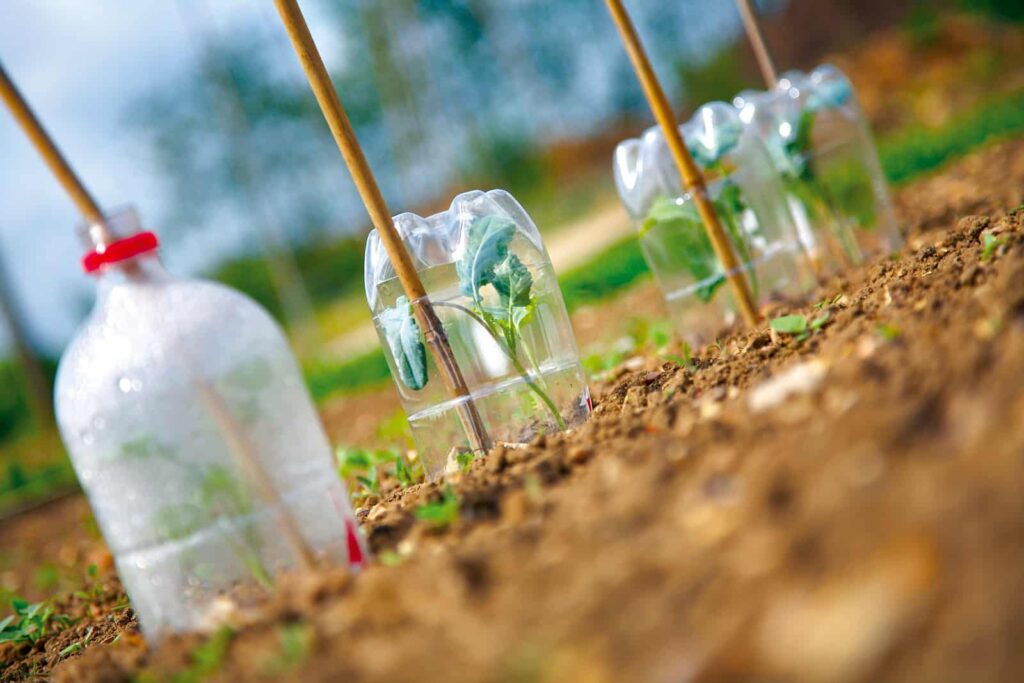
Seedlings can be planted in the garden when the air temperature is above 55 degrees and the soil temperature is 50 degrees. If seedlings are small, they can be protected by cut plastic bottles, support stakes, and mulch. Fertilize your new plants when outdoor growth begins with N (Nitrogen), P (Phosphorus), and K(Potassium) numbers in the 3% to 5% range like Garden Tone, and. This will result in some very fresh and tasty vegetables.
Enjoy Those Vegetables
With a little planning and preparation starting your seeds indoors will lead to an early and plentiful harvest in the garden. Starting your own seeds at home also allows you to choose from a much wider selection of vegetable varieties than are typically available. All things considered, starting your seeds indoors lets you create your garden, with the plants you want, on your timeline.


